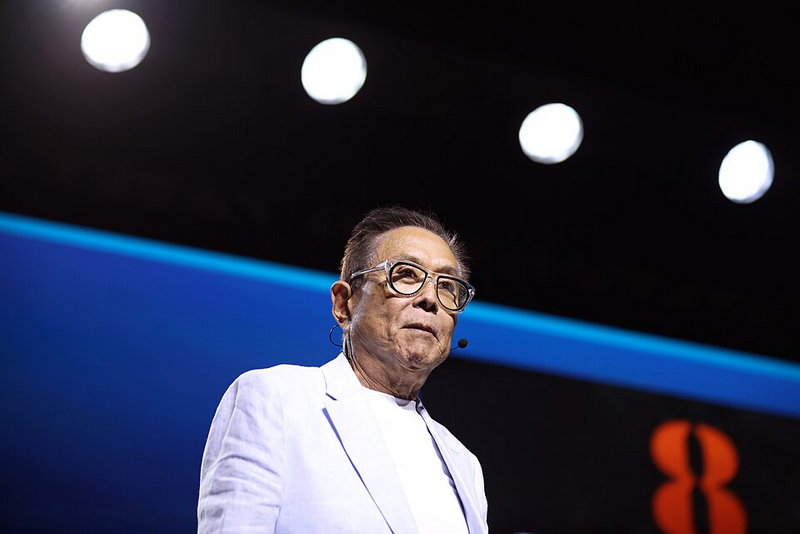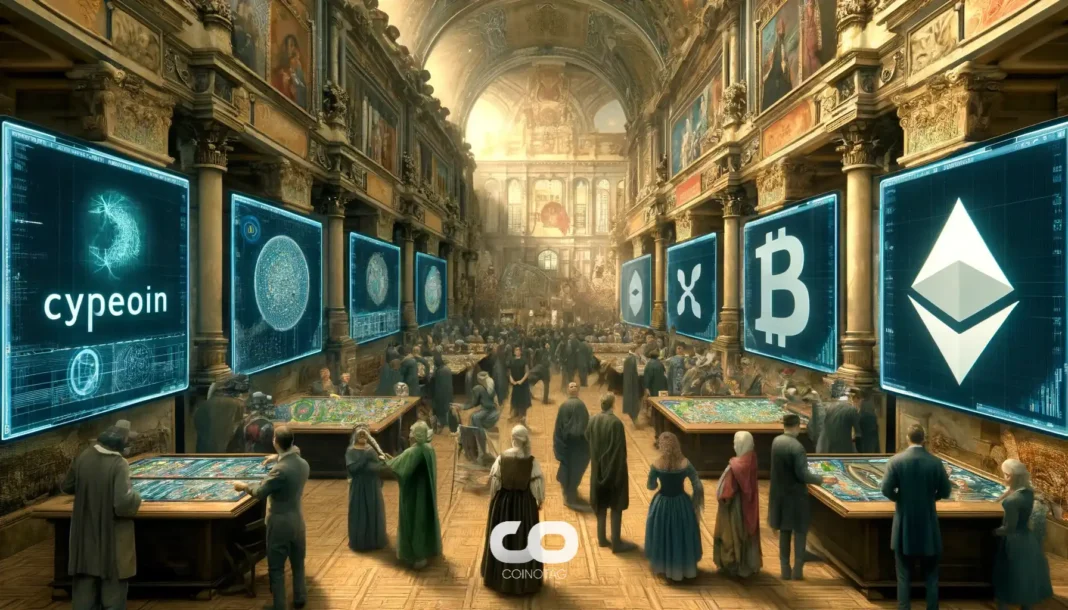Robert Kiyosaki says he prefers accumulating hard-money assets — gold, silver, oil, Bitcoin and Ethereum — and criticizes central bank-driven inflation that erodes savings; he holds about 60 BTC and recommends using real assets to protect purchasing power.
-
Kiyosaki favors hard money assets over fiat
-
He holds roughly 60 BTC and uses rental income to buy gold, silver, oil, Bitcoin and Ether
-
U.S. headline inflation data and CoinGecko price history are cited to illustrate purchasing-power loss versus crypto gains
Robert Kiyosaki Bitcoin: Kiyosaki urges investors to buy hard assets like Bitcoin, gold and oil to hedge inflation — learn his stance and holdings today.
Author Robert Kiyosaki says he prefers accumulating gold, silver, oil, Bitcoin, and Ether as “hard money” to defend against inflationary fiat policies.
What is Robert Kiyosaki’s stance on Bitcoin and inflation?
Robert Kiyosaki Bitcoin supporters say Kiyosaki views Bitcoin and other tangible assets as “hard money” that shields wealth from fiat inflation. He publicly criticizes central banks for expanding money supply and recommends using real assets to preserve purchasing power.
How many Bitcoins does Kiyosaki hold and how did he accumulate them?
Kiyosaki has stated he holds about 60 BTC, initially buying when prices were near $6,000. He says rental-property proceeds fund further accumulation of Bitcoin, Ethereum, gold, silver and oil, while warning that paper ETFs remain vulnerable to liquidity stress.

Why does Kiyosaki call fiat systems “criminal” and recommend hard assets?
Kiyosaki argues central-bank money printing reduces purchasing power for savers and benefits asset holders. He calls the academic and financial system complacent for teaching people to accept inflationary fiat as everyday money.
U.S. Bureau of Labor Statistics headline inflation tools show multi-year erosion of purchasing power; August headline inflation was 2.9% and core inflation 3.2% (U.S. Bureau of Labor Statistics).
How has Bitcoin performed versus inflation recently?
Over the past five years BTC price data show substantial gains versus fiat: a rise of roughly 900% from ~ $11,670 to near $117,200, using CoinGecko historical prices as reference. By contrast, a $1,000 holding over a multi-year span can lose nearly half of its purchasing power under sustained inflation (U.S. Bureau of Labor Statistics).
When do people turn to crypto in inflationary environments?
Residents in countries with high inflation increasingly adopt digital assets and stablecoins for day-to-day transactions and savings. For example, Venezuela’s annual inflation rate reached extreme levels and local usage of stablecoins like Tether has expanded, with foreign-exchange moves documented by currency processors such as Xe.
How can investors hedge against inflation? (Quick How‑To)
Kiyosaki’s approach emphasizes allocating income from real estate into tangible and crypto assets. Below is a concise, conservative sequence investors can consider:
- Preserve an emergency cash buffer denominated in a stable currency.
- Allocate a portion of investment income to physical assets: gold, silver, oil.
- Consider crypto (Bitcoin, Ethereum) as a long-term allocation for inflation protection.
- Limit reliance on paper ETFs for critical savings; understand liquidity risks.
Comparison: Asset performance vs. inflation (summary)
| Metric | 5‑Year BTC Change | Typical Inflation Impact |
|---|---|---|
| Purchasing power | +~900% (reference: CoinGecko) | -~47% loss on nominal $1,000 over a multi-year window (U.S. Bureau of Labor Statistics) |
| Store-of-value assets | Variable (BTC, gold, silver) | Fiat savings decline as money supply expands |
Frequently Asked Questions
Does Robert Kiyosaki recommend Bitcoin as a safe investment?
Kiyosaki recommends Bitcoin as part of a hard‑asset strategy to hedge fiat inflation, but he warns investors to understand volatility and to use diverse holdings including gold, silver and energy assets.
Why does Kiyosaki distrust central banks?
He contends that monetary expansion benefits asset holders while reducing the purchasing power of ordinary savers, which fuels inequality and financial risk for middle- and lower-income groups.
Are ETFs a safe shortcut for retail investors according to Kiyosaki?
He calls ETFs “paper assets” and cautions about bank-run or liquidity risks, while acknowledging ETFs are an accessible entry point for many retail investors.
Key Takeaways
- Hard-money preference: Kiyosaki prioritizes gold, silver, oil, Bitcoin and Ethereum to defend purchasing power.
- Real holdings: He reports holding roughly 60 BTC and uses property income to buy real assets.
- Inflation context: Official inflation data (U.S. Bureau of Labor Statistics) and price trackers (CoinGecko) show the contrast between fiat erosion and crypto/asset appreciation.
Conclusion
Robert Kiyosaki’s public stance frames Bitcoin and other tangible assets as instruments to combat fiat-driven inflation, urging investors to diversify into hard money. For readers, the practical takeaway is to evaluate exposure to inflation, understand asset risk, and consider allocating a measured portion of savings to real assets and cryptocurrencies as part of a balanced plan.






